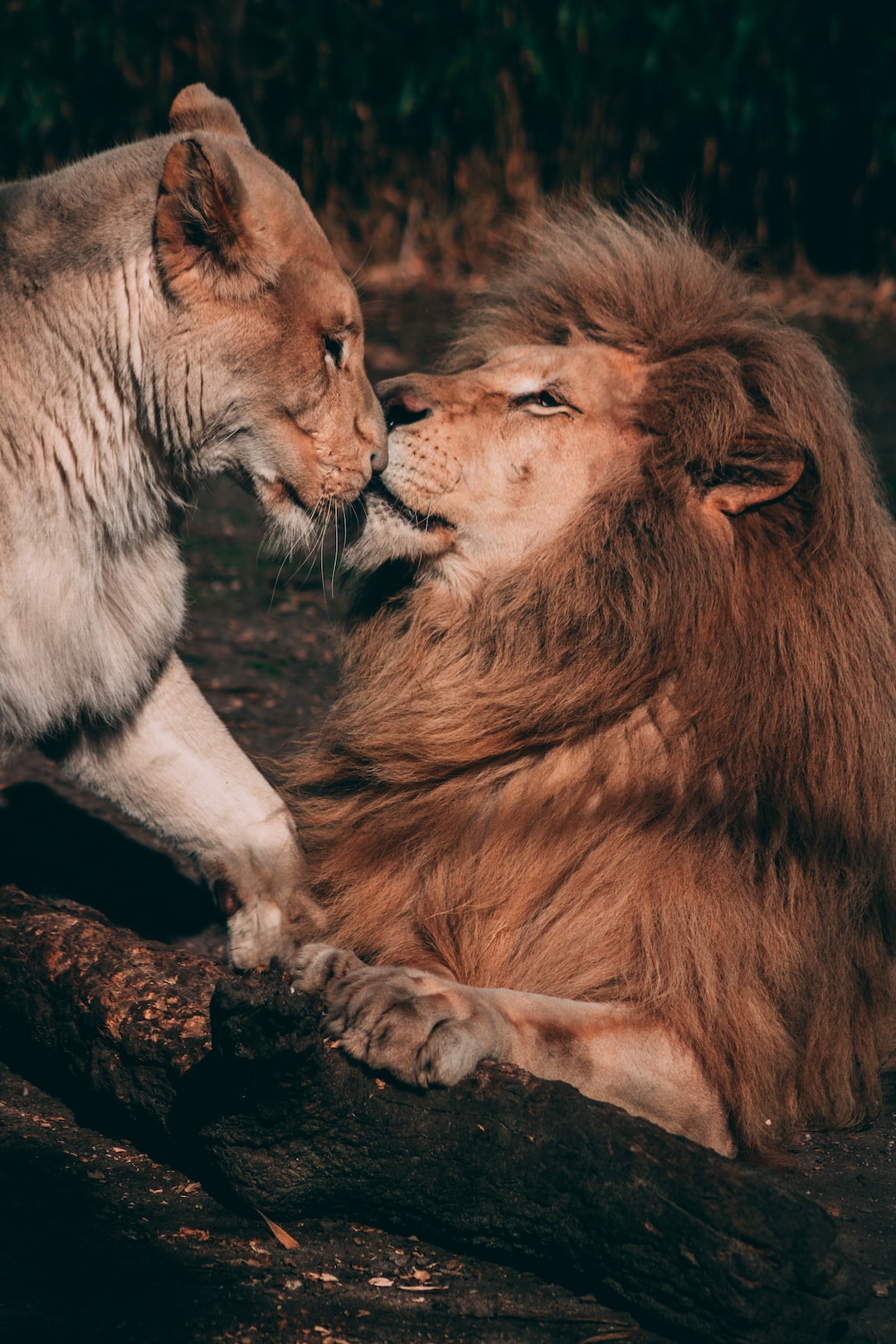The world is full of incredible and diverse animal species. From tiny organisms to massive predators, each plays a unique role in the delicate balance of nature. However, some animals stand out due to their lethal capabilities, posing a threat to not just other creatures but also to humans. In this blog post, we will explore the world’s deadliest animals, ranging from microscopic killers to large predators.
Let’s start with one of the smallest yet most deadly creatures on Earth – the mosquito. Responsible for millions of deaths each year, these tiny insects are carriers of deadly diseases such as malaria, dengue fever, and Zika virus. Their ability to transmit these illnesses with a single bite makes them one of the leading causes of human fatalities globally.
Moving on from micro to macro, we encounter the Box Jellyfish. Found primarily in the coastal waters of Australia and Southeast Asia, these deceptively beautiful creatures possess long tentacles lined with venomous cells called cnidocytes. A box jellyfish sting can cause excruciating pain, cardiovascular problems, and even lead to death within minutes. Seemingly peaceful waters can become treacherous with these hidden predators lurking beneath the surface.
One cannot overlook the mighty crocodile when discussing deadly animals. With ancient origins dating back millions of years, these apex predators have perfected the art of hunting. Growing up to 20 feet in length, crocodiles possess an incredibly powerful bite. They have the ability to snatch their prey and drag it underwater, drowning it in a matter of minutes. Found in Africa, Australia, and parts of North America, crocodiles are responsible for numerous human fatalities annually.
Moving further up the food chain, we come across a formidable predator – the African lion. Known as the “king of the jungle,” these majestic creatures can weigh up to 550 pounds and are capable of speeds reaching 50 miles per hour. African lions have powerful jaws and sharp teeth, making them formidable hunters. While human attacks are relatively rare, encounters with these magnificent but lethal animals can have fatal outcomes.
Venturing into the depths of the ocean, we encounter another deadly contender – the great white shark. Made infamous by movies like Jaws, these powerful predators have an incredible sense of smell and can detect even tiny amounts of blood from miles away. Though they primarily target seals, great white sharks have been known to mistake humans for their prey, leading to fatal attacks. However, it is important to note that such occurrences are incredibly rare, and most encounters with these sharks end peacefully.
Back on land, we have the Cape buffalo, known for its unpredictable and aggressive behavior. Native to Africa, this massive herbivore is responsible for more human deaths on the continent than any other large animal. When threatened, Cape buffalos can charge at speeds of up to 35 miles per hour and gore their victims with their sharp horns, making them a formidable and deadly force.
Lastly, we must acknowledge the deadliest creature on Earth – the human. While humans have achieved marvelous feats of science, art, and technology, they have also proven to be the most dangerous animals. Through warfare, environmental destruction, and the transmission of diseases, humans have caused countless deaths, both among their own species and others. It is essential to recognize our own role in the world’s deadliest animal list to drive change and protect the delicate balance of nature.
In conclusion, the world is home to a variety of deadly creatures, each with its own lethal capabilities. From microscopic killers like mosquitoes to large predators like lions and crocodiles, these animals remind us of the dangers that exist alongside the beauty of nature. Understanding their behaviors and respecting their territories allows us to coexist while minimizing the risks of fatal encounters.

